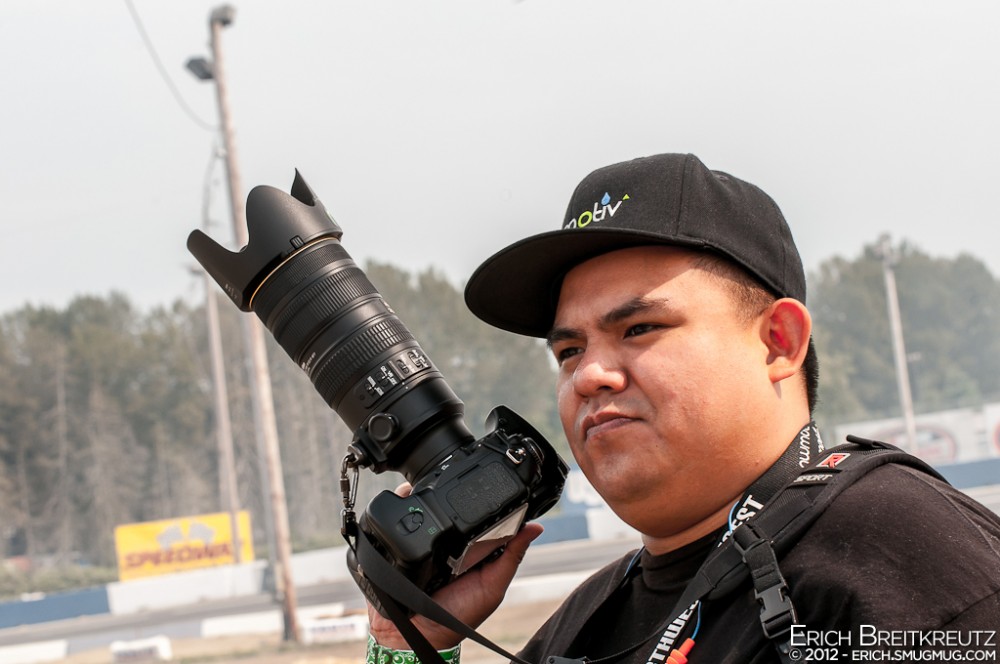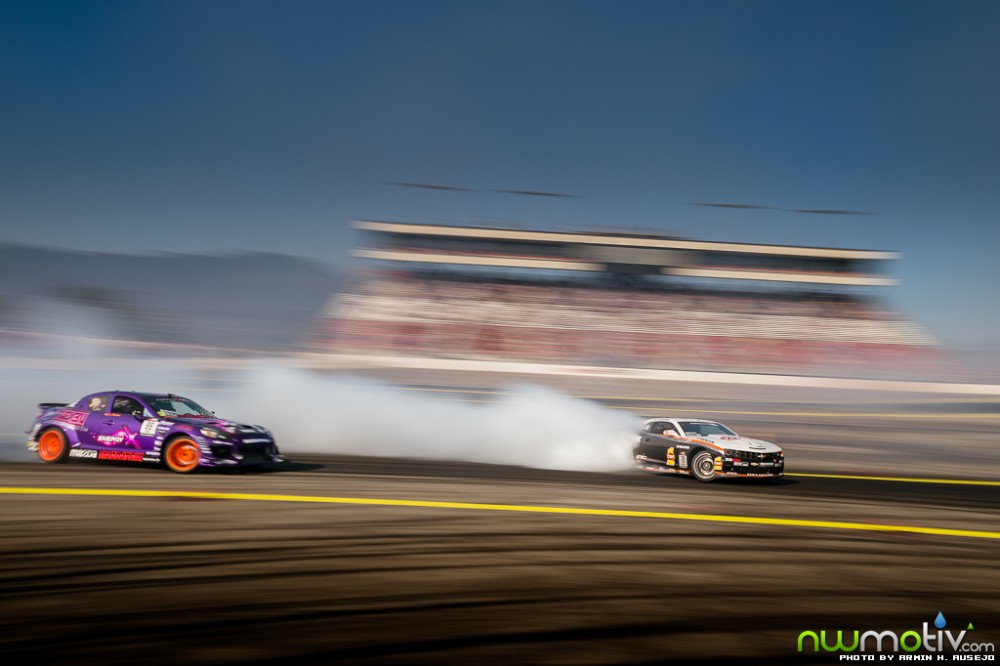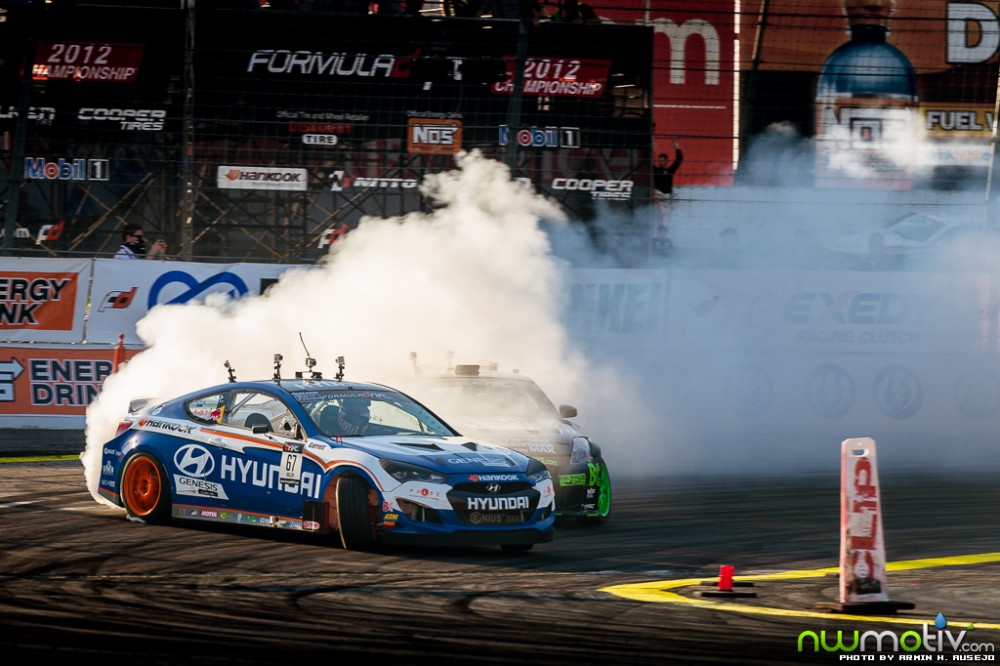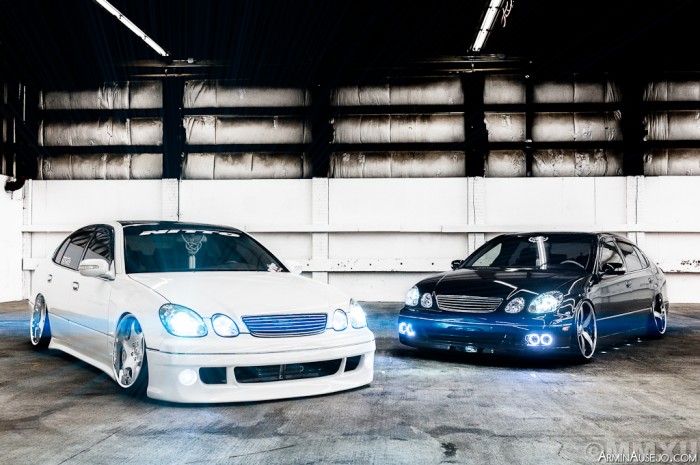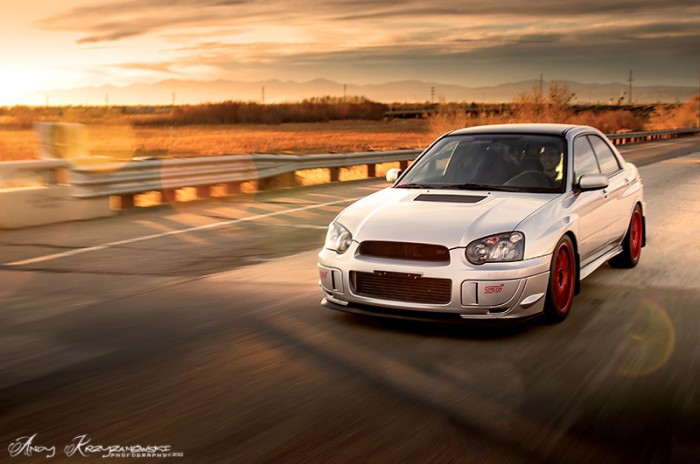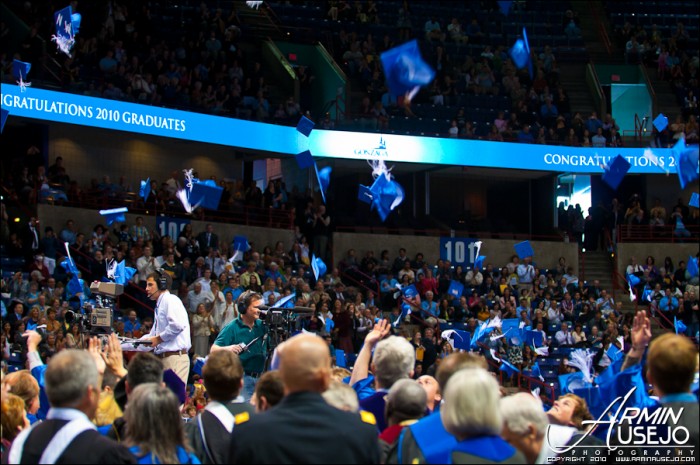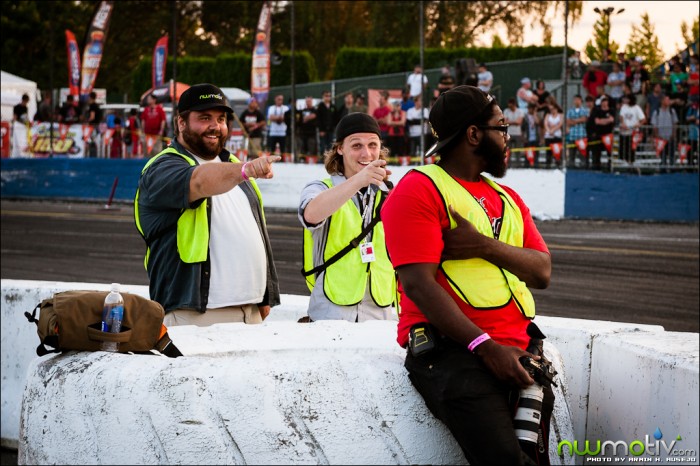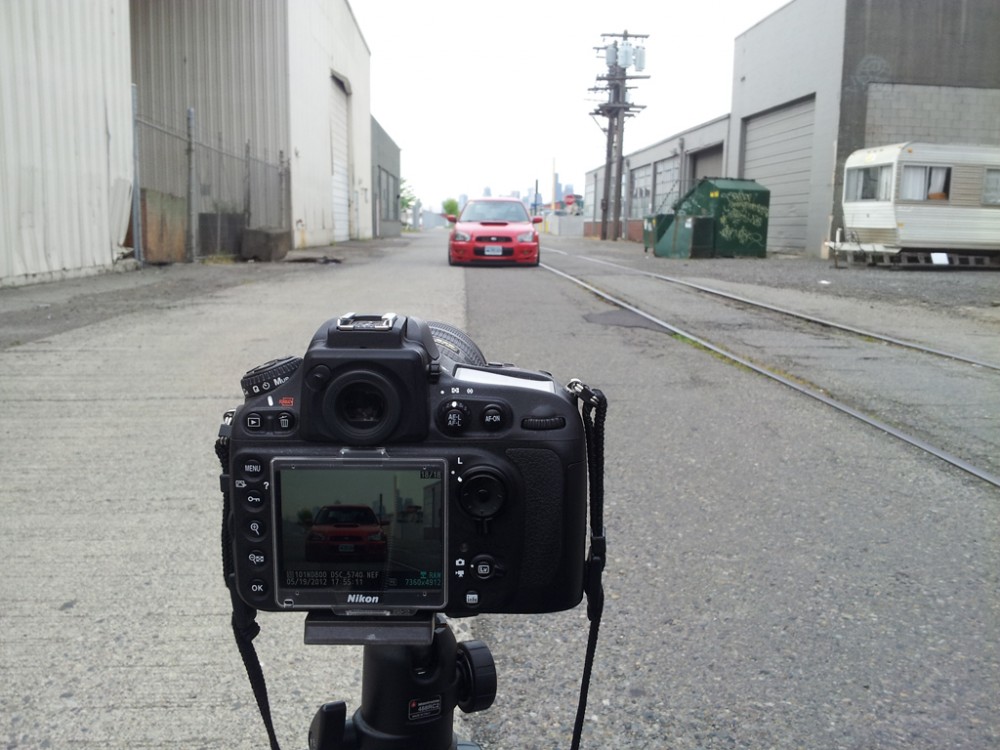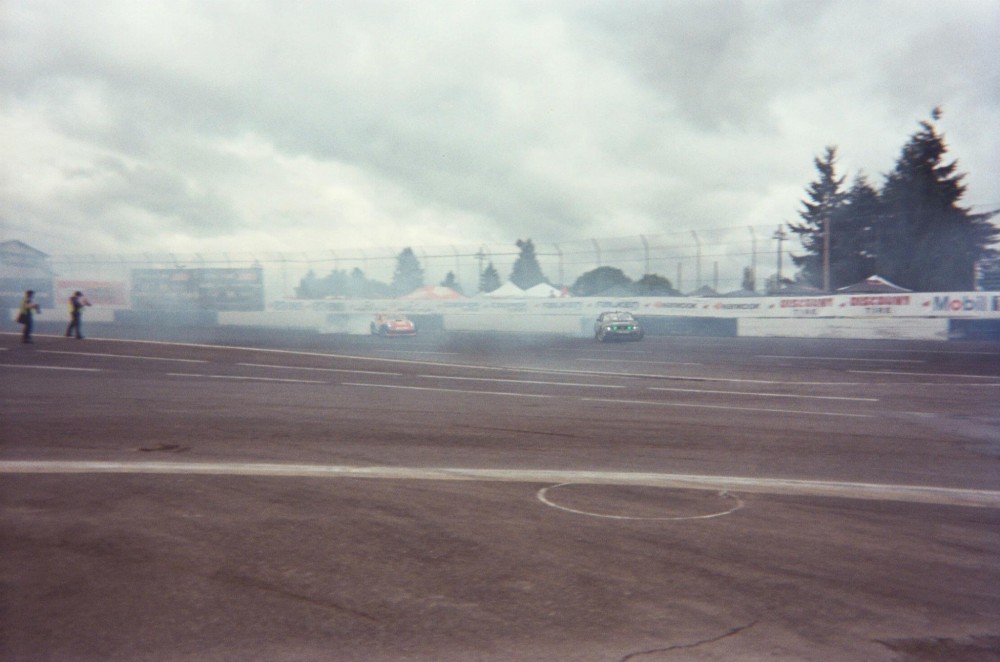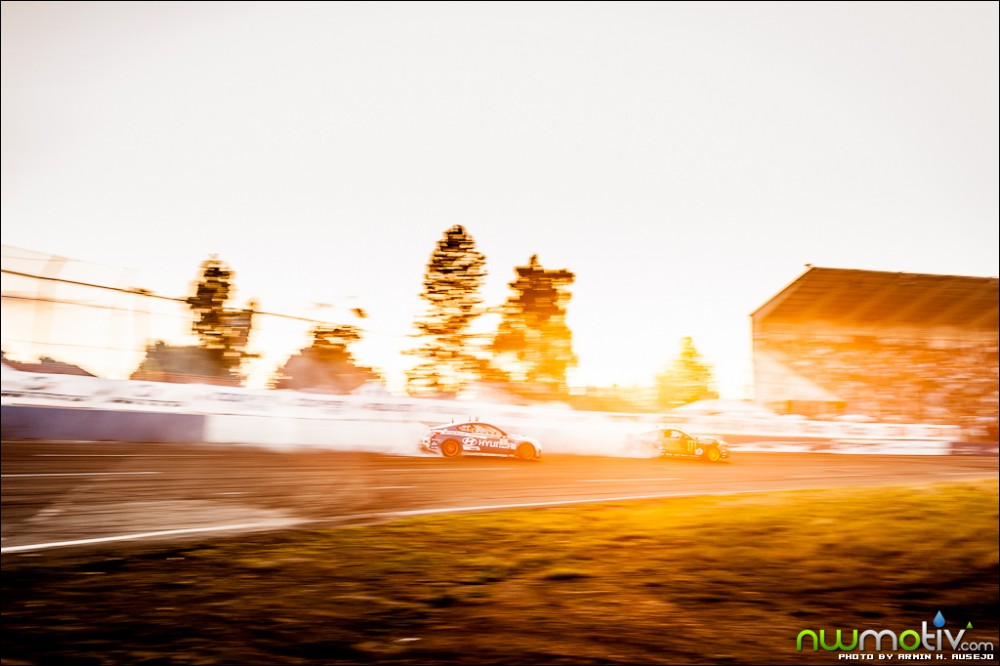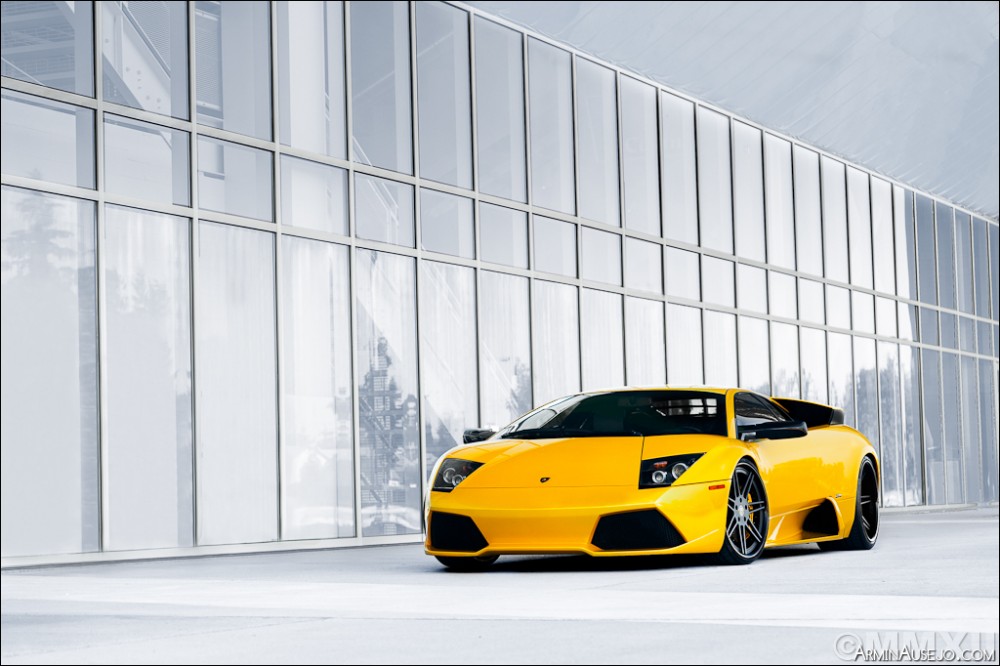What’s the right lens for me?
The beauty of having a DSLR is the ability to change lenses, given the type of photo you want and the situation. However, the multitude of lens options can be quite daunting, so it really helps to at least know what all the numbers and letters mean. Each of these numbers and letters can help guide you to figure out if the lens you’re looking at is indeed what you really need. First and foremost, let’s take a look at focal length.
Focal Length
Focal length is determined by the length in millimeters noted on the lens itself. The reason why lens manufacturers decided to measure this is millimeters isn’t important for our needs, but if you’re truly curious, feel free to do the math with Bob Atkins here. The main point to remember is that a short distance means you get a wider angle, whereas a longer distance gives you more zoom power, or “telephoto.” The “normal” focal length, which is as close as possible to what our own eyes see in 20/20 vision, is 50mm when attached to a 35mm film camera. This same convention has transferred over to the digital world in what are known as “full frame” cameras, which have a camera sensor at the same size as a frame of 35mm film. Here are a couple examples to show the difference between wide angle and telephoto on a full frame camera:
24mm
200mm
Kenji’s and Justin’s Yin-Yang Lexus GS300s
California Sunrise by Andy Krzyzanowski
Lightroom 3 Basics for Automotive Photography
Automotive Tips and Tricks “Alumni”
Looking for contributors!
Armin’s Tips and Tricks to Automotive Photography, Part 3
After going over capturing light in Part 2, we now conclude these basic tips and tricks to automotive photography with using your equipment to its fullest potential.
Making the best of your equipment
You don’t need the latest and greatest DSLR to take good photos, but SLR cameras definitely have more of an advantage with their interchangeable lenses. However, that isn’t to say that you still can’t get good results out of a point-and-shoot. For example, the photo above was taken with my camera phone, and I took this photo with a disposable film camera:
In fact, many people end up spending a lot of money on a DSLR, but since they don’t take the time to really learn how to use it properly, their photos end up looking worse than if they used their camera phone. All you really need is the know-how to use what equipment you have properly, and this counts for DSLRs, point-and-shoot cameras, and even your camera phone. It’s not as simple as fully comprehending the manual, but it definitely does help.
Armin’s Tips and Tricks to Automotive Photography, Part 2
In Part 1, we went over very basic composition concepts in regards to automotive photography. Here in Part 2, we’ll visit what photography is all about: capturing light.
Photography is Light
Remember that when you’re taking a photo, you’re capturing how light is reflecting off of everything in the photo. Light rules everything with an iron fist, and getting the proper exposure is key to a good photo. After all, if you can’t see anything, what’s the point?
Armin’s Tips and Tricks to Automotive Photography, Part 1
Like many automotive photographers, I got my start in taking photos by simply being a car enthusiast, and as a car enthusiast, it was natural for me to take part in various Internet-based forums. One of the main forums I was and continue to be involved in is the North American Subaru Impreza Owners Club, or “NASIOC.” It was from this forum that these tips and tricks to automotive photography originated, and the thread is still going very strong today. Below is the latest revision of my tips and tricks, which actually represents the main purpose of No ƒ8 But What We Make: to provide a solid, no-nonsense guide to learning and improving photography on the whole.
I started shooting cars professionally as part of Subiesport Magazine since the magazine’s inception back in 2004. I learned a lot along the way, since at the time I was really a complete newbie when it came to photography. Consequently, I must thank my good friend Josh Mackey (http://www.mackeydesigns.com) and Subiesport Publisher Ryan Douthit for their help and tutelage. Ferg, a NASIOC Super Moderator, asked me to write something up, so I am honored to pass on some of my basic automotive photography methods to NASIOC and now No ƒ8 But What We Make, and I hope that these can help both beginners and experienced photographers alike. By no means do I regard myself as all knowing in automotive photography, but I love to help people take better pictures and learn new techniques right along side me. Without further ado, we’ll first start out with basic composition.

